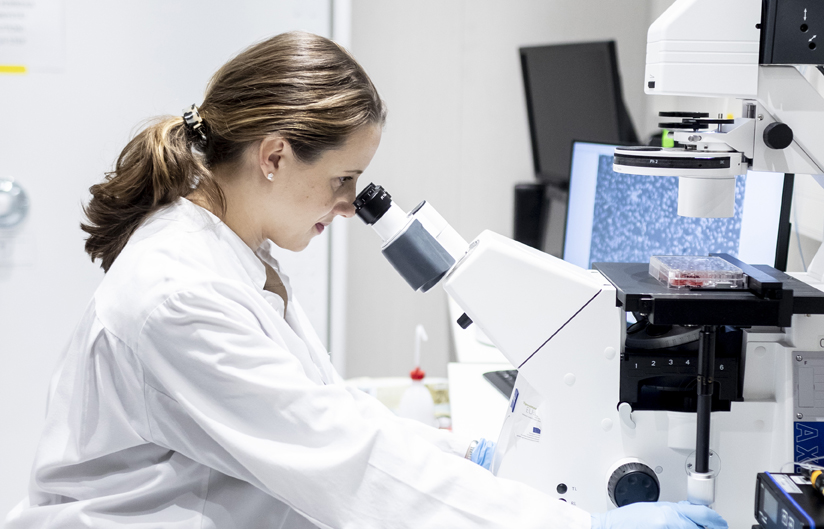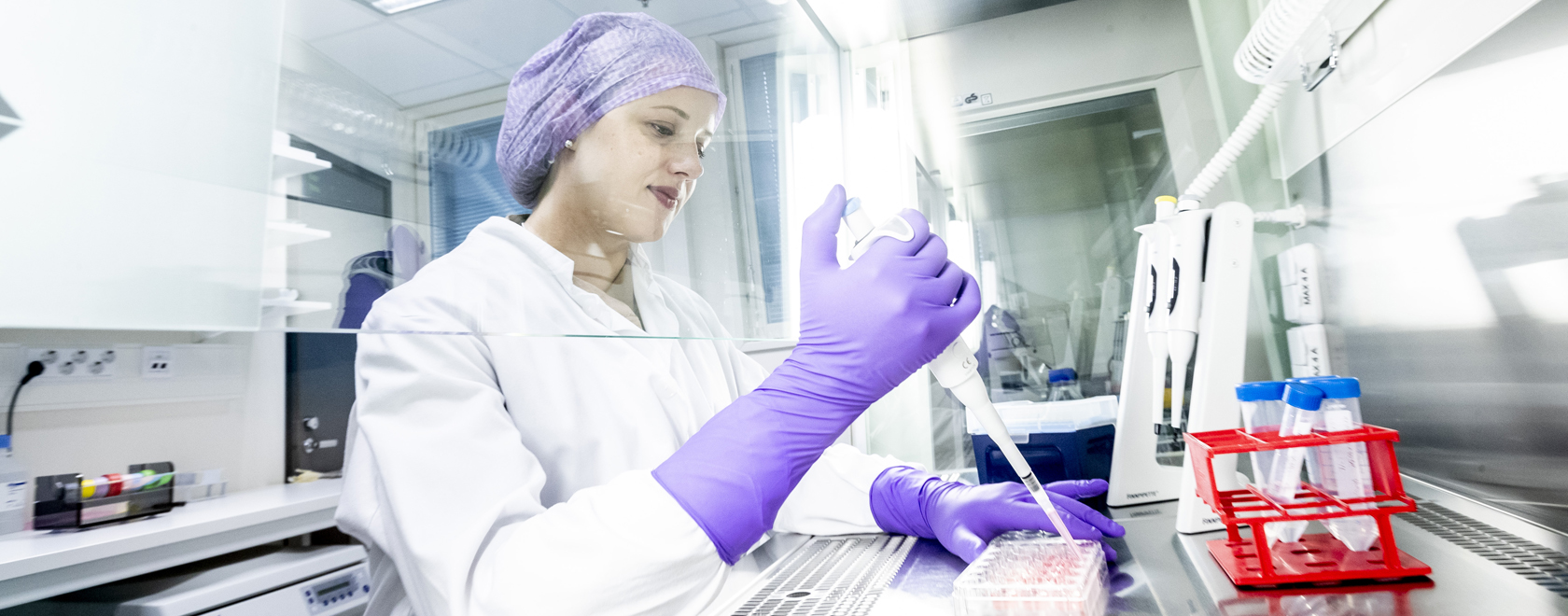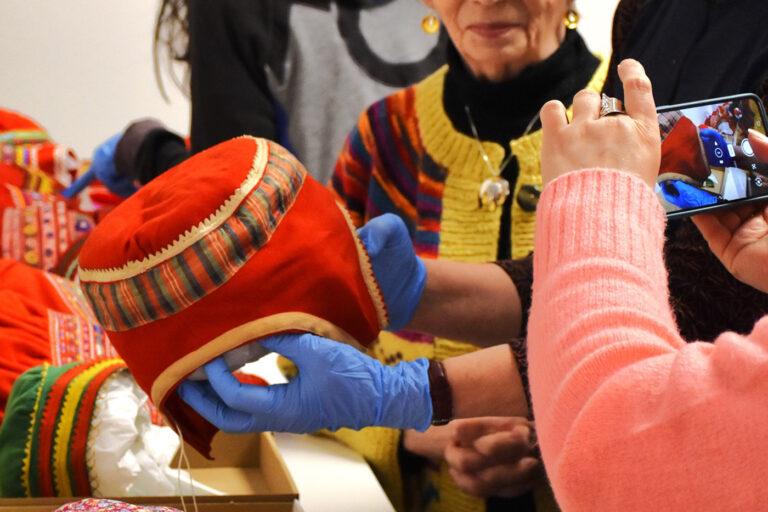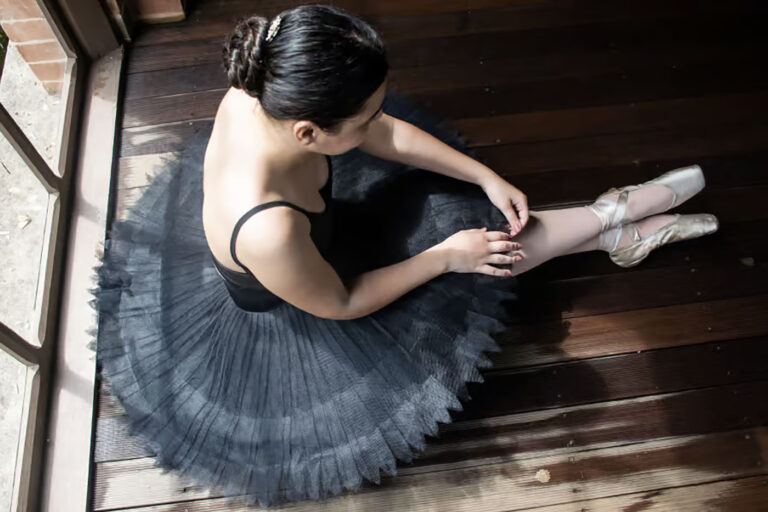A new way forward in multiple sclerosis research
New Finnish stem cell research aims to recognise the mechanisms of the MS disease by utilising humanised laboratory models.


Teksti: Laura Iisalo
Kuvat: Rami Marjamäki
Supporting cells of the nervous system have been proven to have a crucial role in various neurodegenerative diseases, including multiple sclerosis (MS), which currently affects over 10 000 Finns. MS is an autoimmune disease of the central nervous system, and it leads to a loss of myelin that insulates the nerve cells, formation of inflammatory areas, and nerve damage. There is no cure but the current medical treatment slows down disease progression.
Animal testing is traditionally used in multiple sclerosis research, but animal models do not fully recapitulate the disease pathology of humans. The approach of Academy research fellow Sanna Hagman is new. She uses stem cells derived from MS patients who have a genetic risk factor for the disease. The cells are guided to specialise into different types of nerve cells, such as nerve supporting glial cells, and then exposed to an inflammatory environment mimicking that of the MS disease, to see how the inflammation affects the properties of these cells.
Postdoctoral researcher Tanja Hyvärinen has been involved in the study since September 2020. She looked at the functionality of neuronal cells, and the role of glial cells in the neuronal network, already in her doctoral thesis.
– The goal of the research is to recognise the glial cell-mediated disease mechanisms leading to neurodegeneration in order to advance new treatments for multiple sclerosis, Hyvärinen says.
Interdisciplinary cooperation enables diverse research
Hagman’s research project collaborates with the teams led by Professor Tarja Malm at the University of Eastern Finland, and Professor Laura Airas at the University of Turku, and with Adjunct Professor Susanna Narkilahti and Professor Pasi Kallio, principal investigators in the Academy of Finland funded Centre of Excellence in Body-on Chip Research at the Tampere University.
The latter are currently developing a new type of organ-on-chip platform, which enables simultaneous culturing of different neural cell types. The chip can be used to look at the interaction and role of these cells in the MS disease more diversely.
The team has already managed to culture glial cells together with nerve cells, but the project is very demanding, and requires perseverance. The challenge is what makes it so attractive.
– Stem cell research is quite a new field but it will allow us to study the disease mechanisms and even tailor personalised medicine in the future. It will take time to get there because first scientists need to solve many practical challenges, Hyvärinen says.
If everything goes as planned, the cultures derived from stem cells can be used to create brain-like, humanised laboratory models, which can complement or even replace animal testing.
– The idea is that we can create universal disease models to discover what kind of changes are caused by the genetic risk factors predisposing one to multiple sclerosis. It can aid the discovery and development of new pharmaceuticals, says Hyvärinen.
Postdoctoral researcher Tanja Hyvärinen received a grant worth 30 000 € for her study, which looks into the role of glial cells and their drug responses in MS disease.



